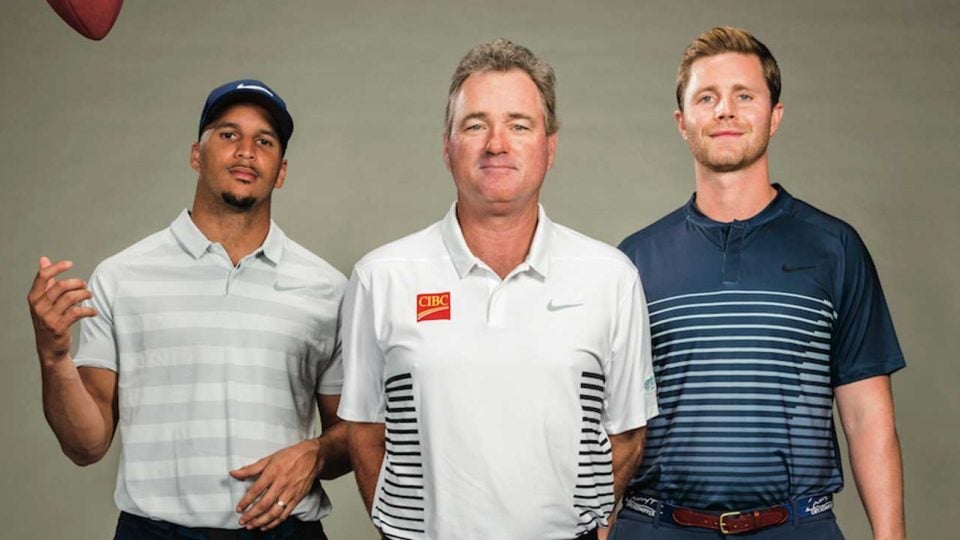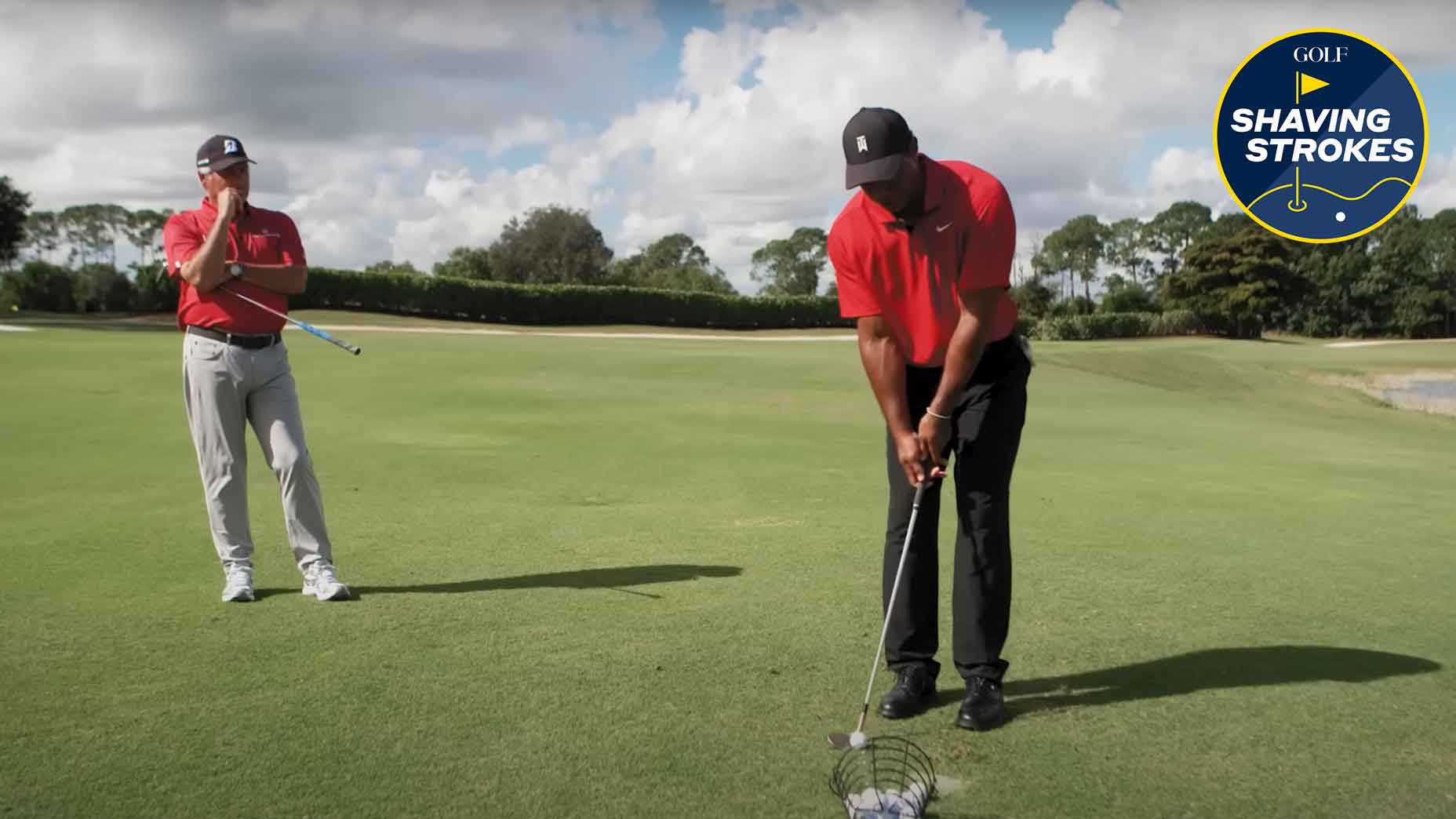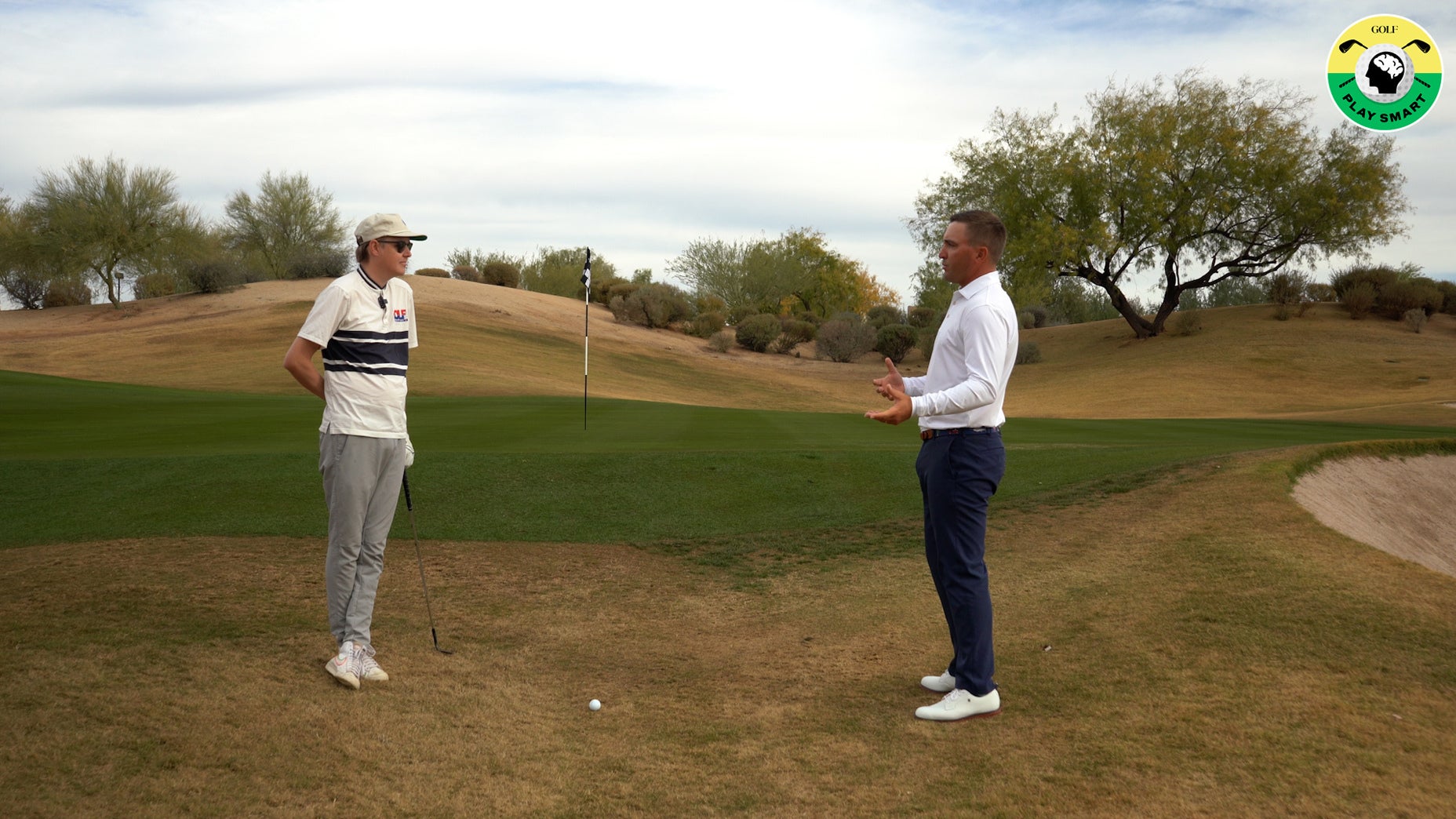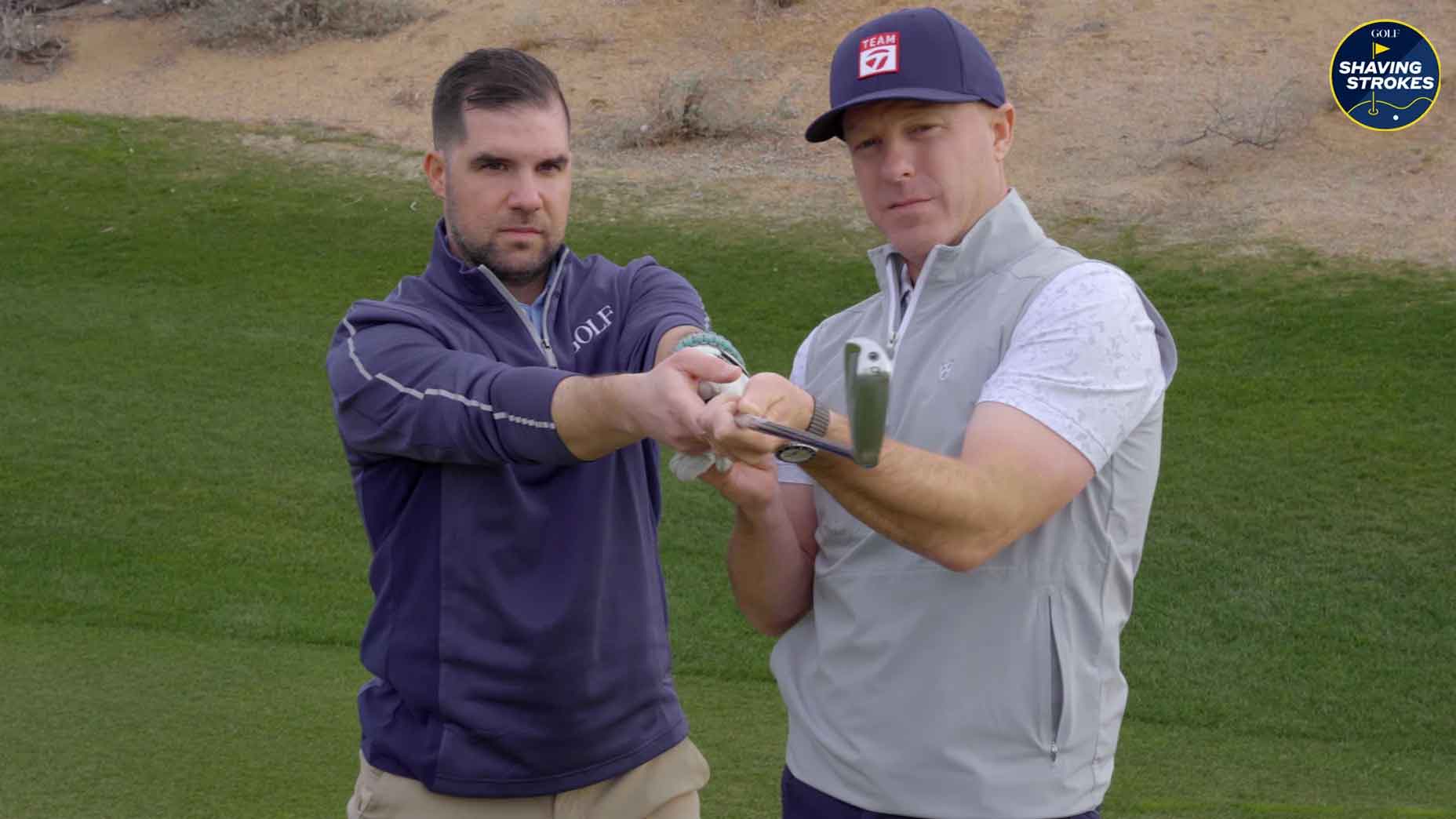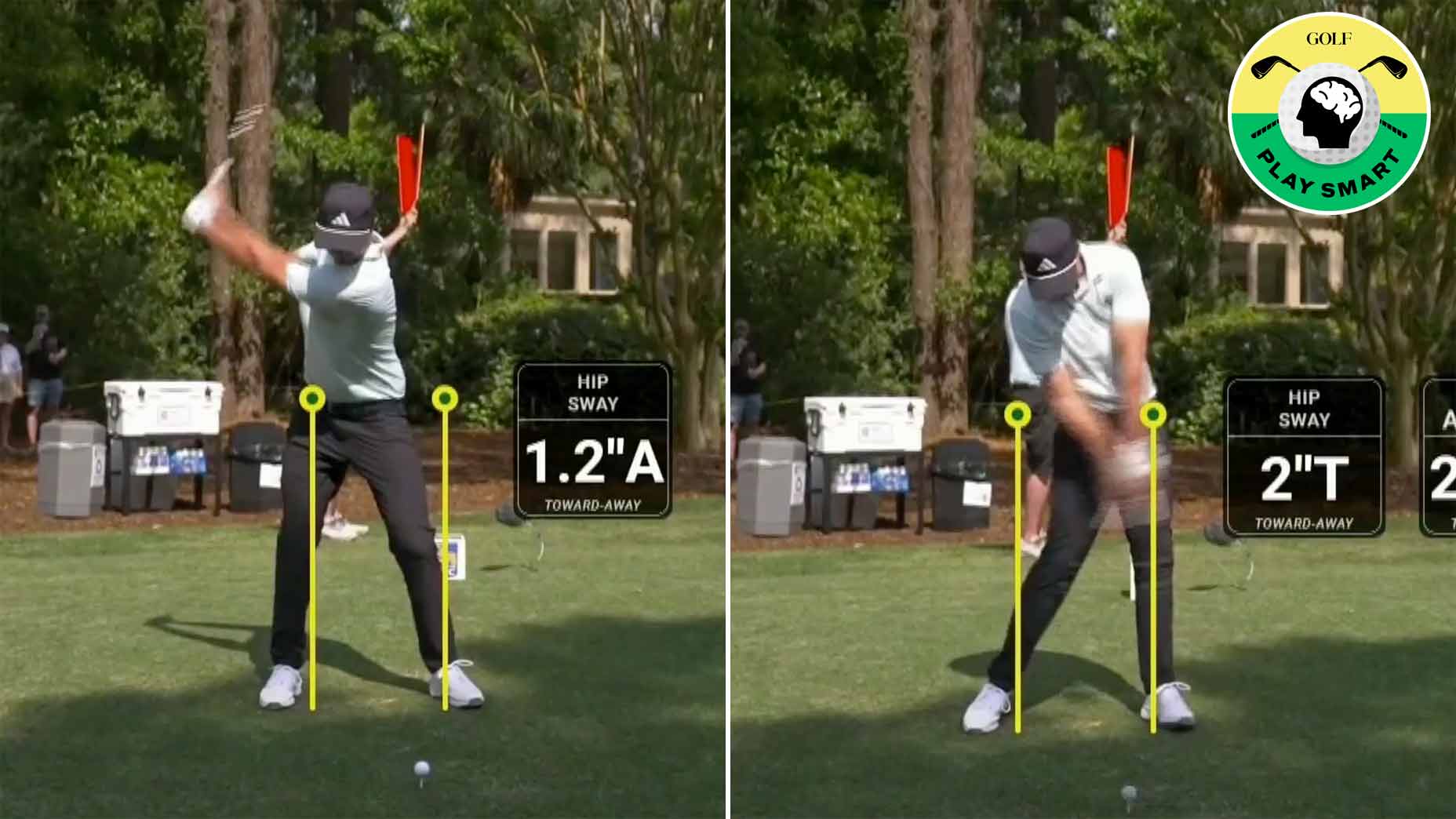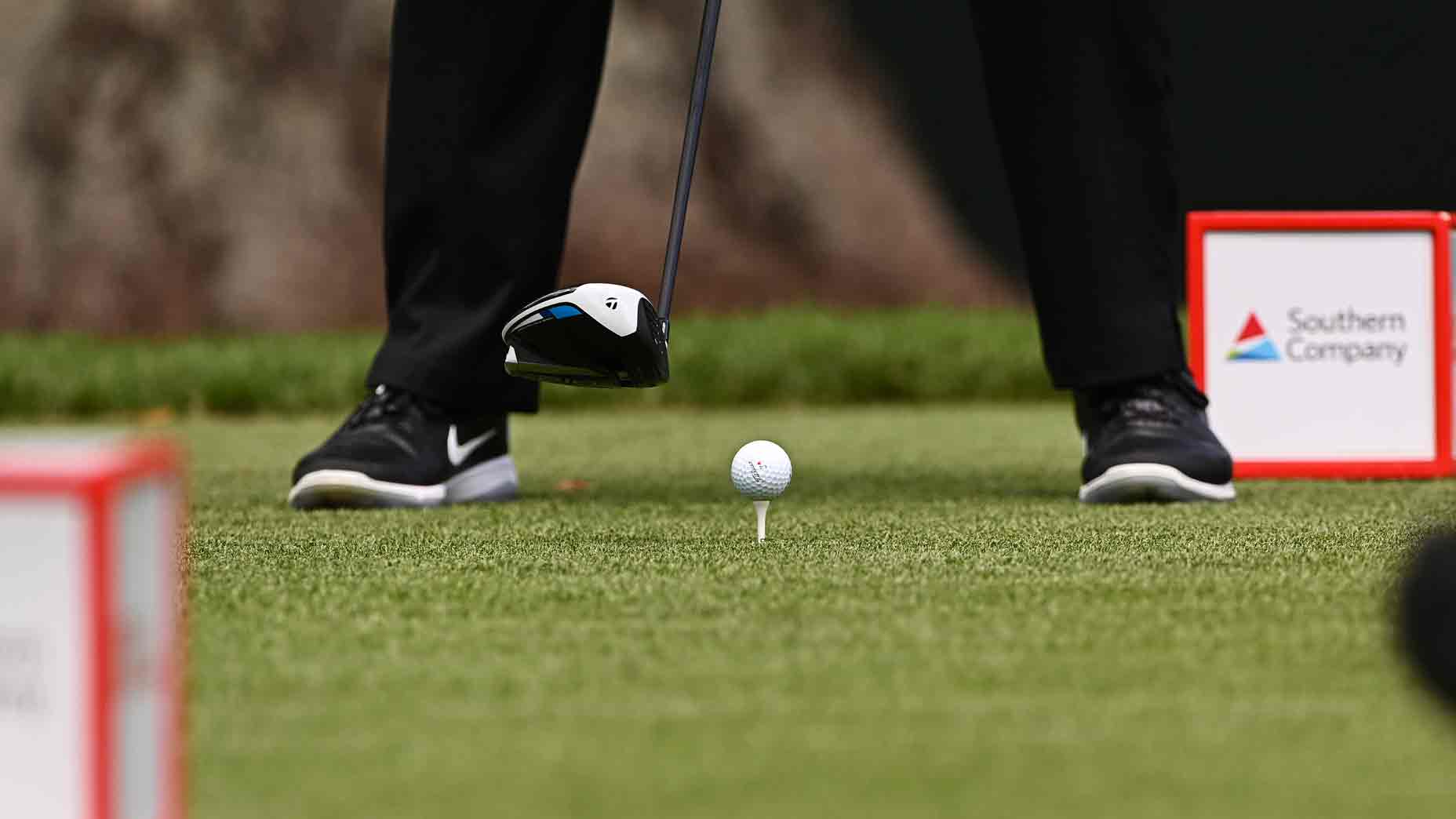When Jermaine Kearse (wide receiver, NY Jets) and Steven Hauschka (kicker, Buffalo Bills) aren’t leaving it all on the field, their competitive minds often leap to the lush green playground of another sport — golf. And that’s where I come in. Jermaine and Steven aren’t just former Super Bowl champions, they’re two of my best buds, so it’s easy for them to pick up the phone for a swing tip, a putting drill or just to talk golf.
Our banter not only keeps them sane during the NFL season, it keeps them tuned up for the off-season, when we attack their inflated handicaps. Jermaine first reached for a club in 2013, and he’s already worked his way down to a 9.1. Steven is closer to a 3, and is one of the best drivers of the ball I’ve ever seen. Yeah, they’re both sticks, but how did they get there? By applying many of the tools that help them on the gridiron: balance, extension and transfer of weight.
On their way to a summer round — at Winged Foot, no less — they stopped by to demonstrate how focused athleticism makes a big difference in their swings. It’ll fire up your game, too.
1. SET UP LIKE IT’S “GAME ON”
Jermaine Kearse is a first-class wideout. You and me — we’d have no chance of guarding him. If we were going to try, how would we set up? Probably something similar to what I’m doing in the photograph at right. (The same goes for other athletes, too. Think shortstops and goaltenders.) This is a position of strength. My chest and shoulders are above my feet, and my toes are angled slightly out. A solid setup is sturdy yet agile. I can move left or right, forward or backward, with ease of motion. That’s what you want in a golf swing — a strong base and ease of motion. And this is where it starts.
Notice how similar my defensive stance is to my swing setup (below). The only difference is, I have a club in my hand. Next time you’re on the driving range, square up over a ball and keep your eyes and chin up as if you’re staring across the line at Jermaine. Your knees should be bent. And you better not have your toes too square. He’ll burn you with his first step.
Now that you’ve got yourself ready to make an athletic move, you can actually make one! This is the sturdy base you need to swing with freedom.
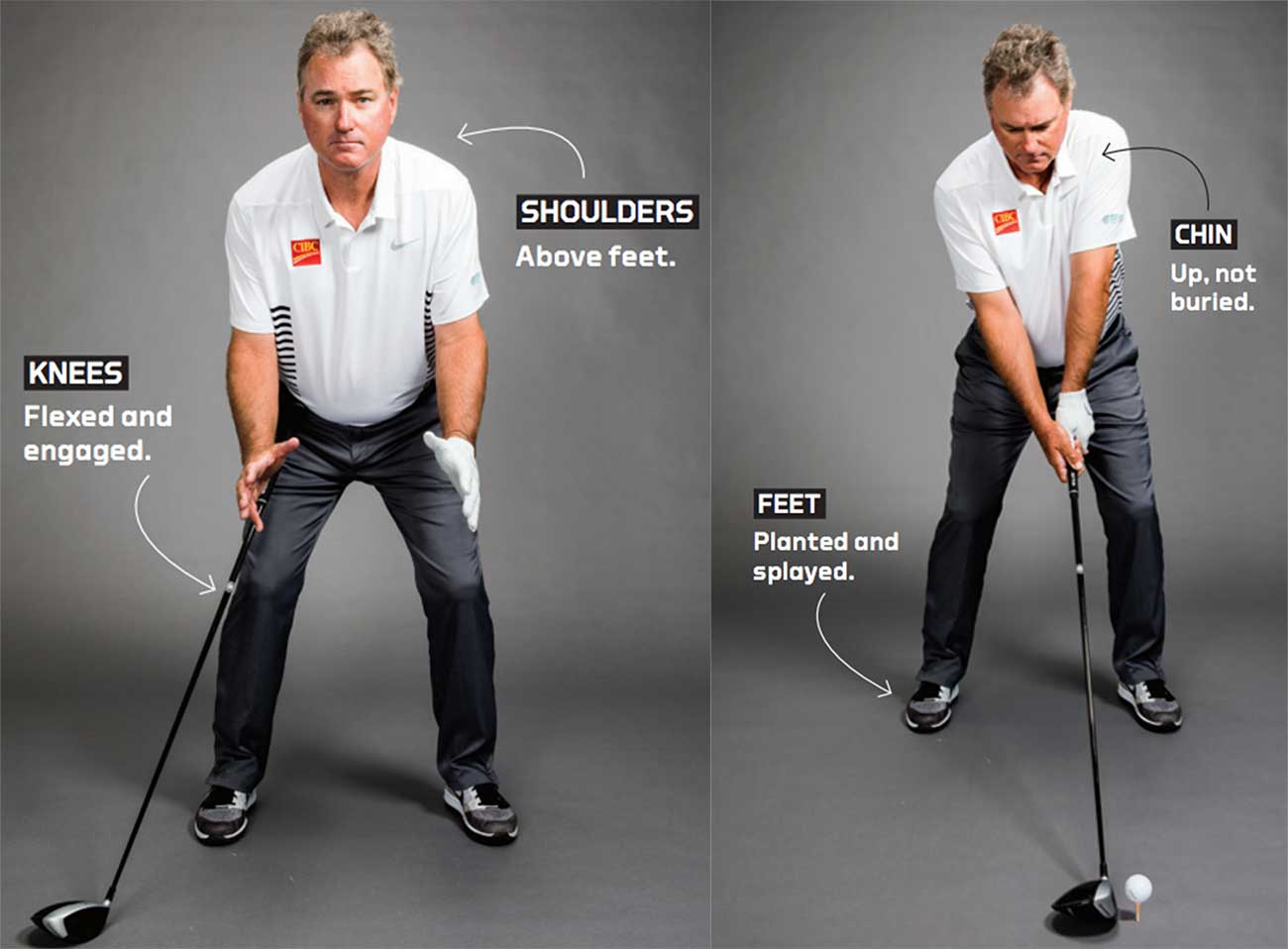
2. GET WIDE
Now that you’ve established a sturdy base, how do you use it? To demonstrate, I had Jermaine catch passes tossed out to his right side (inset, below). Notice his movement. He doesn’t lose his connection to the ground. He doesn’t fall off balance. He simply shifts his weight out to his right leg.
This is what works in his backswing, too! See how similarly his knees flex when he extends his hands away from his core. Again, the only difference is that he’s holding a club. To make a strong, wide backswing, the majority of your weight — think 80/20 — will be on your rear leg.
A wider swing helps in two ways: It shortens your takeaway (adds control) without sacrificing control. This is really important for Jermaine, because he used to constantly overswing. Old Jermaine would bend his elbows and add unnecessary body rotation. Old Jermaine’s shoulders tilted off plane and made it difficult to control the clubface. Be like the new Jermaine: Rotate until your left shoulder hangs just inside your right knee. A shorter swing made at the same speed doubles your accuracy. You’ll be an All-Pro fairway-finder in no time.
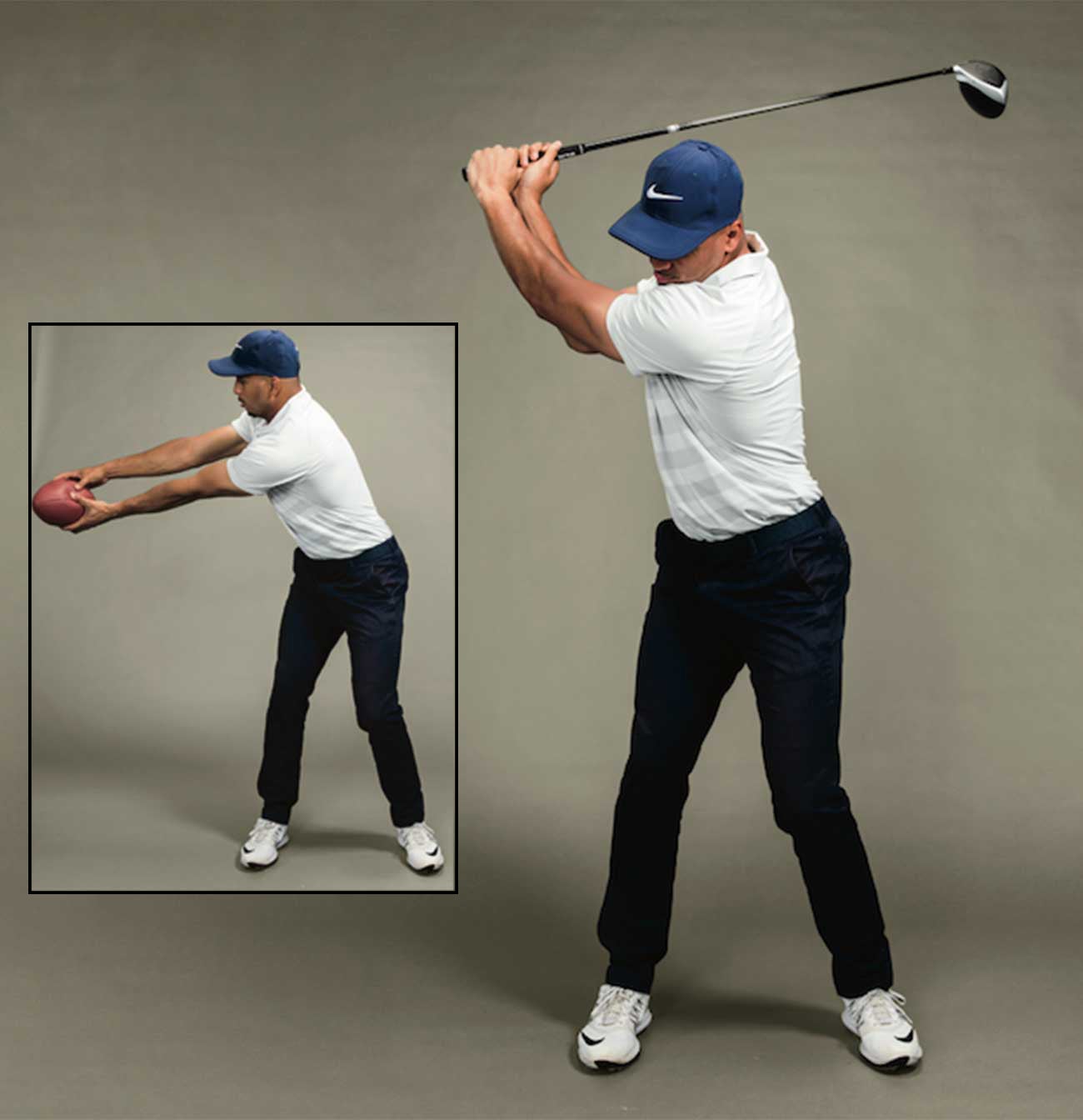
3. GET YOUR KICKS ON THE TEE BOX
Steven Hauschka makes a living bombing kicks on the gridiron, but he can bomb it on the course, too. Besides being one of the most accurate kickers in NFL history, he’s as good as anyone from distance, making 16 of his last 18 field goals from 50 yards or longer heading into this season. You’d think he needs a sprinting start to drive the football that far, but it’s really just two steps and a smooth kick.
The kick is important, but not as important as the energy built behind it. Notice in the photos above how Steven transfers his weight from one foot to the other. He plants his left leg, effectively creating a wall that his right leg can smash through and launch the pigskin. The same thing happens in his golf swing. When Steven properly transfers his weight to that front leg, he’s splitting goalposts and fairways.
It’s also important to note what’s happening with his left hip — he has it pretty open at impact. His secret is to flare his front foot slightly at address, and keep it flared. With his front foot slightly open, his power chugs right on through the ball (a lot of weekend players tend to “stop” at impact). Here’s a thought: At the top of your swing, imagine that your left hip is the lead horse tugging the rest of your swing forward.
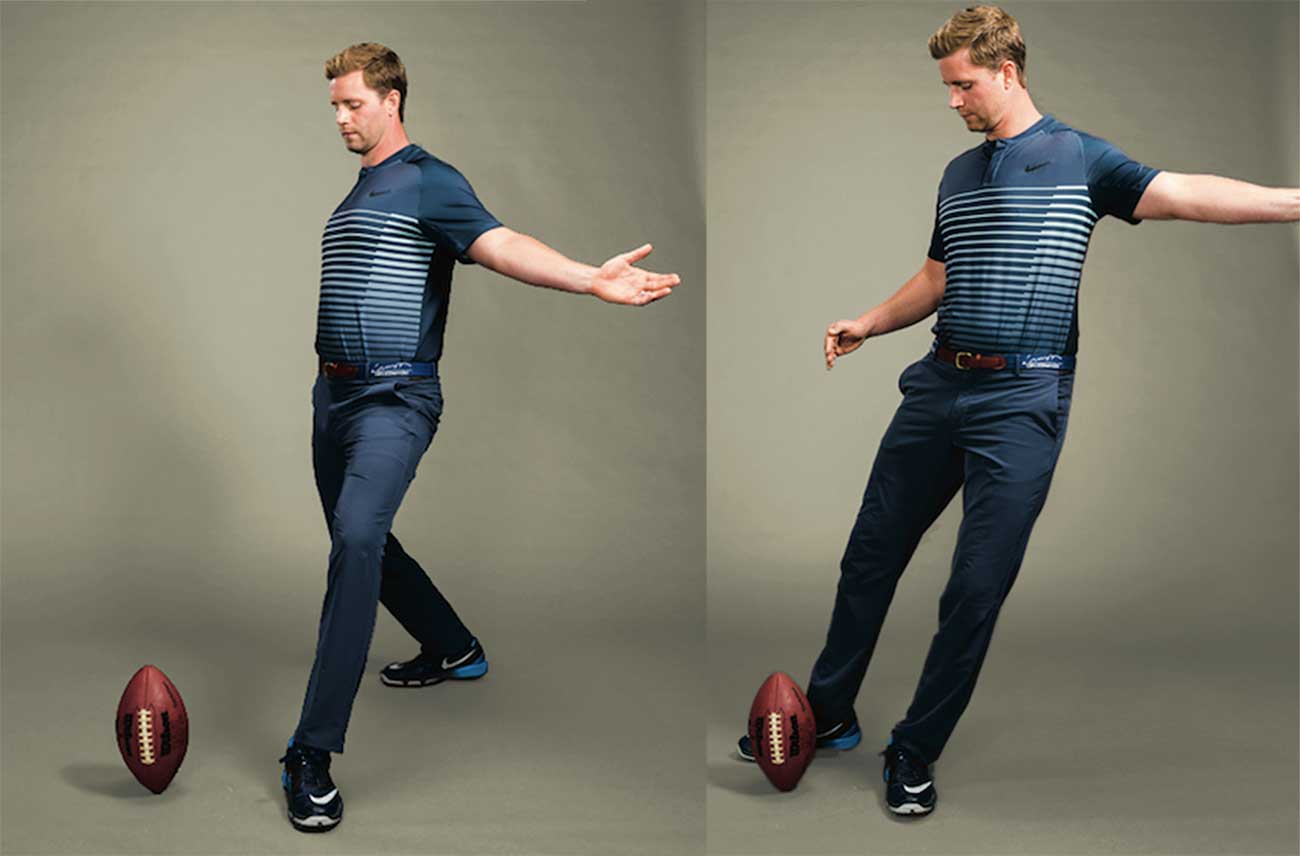
4. GO FULL EXTENSION
Too many players choke off their extension during their follow-through. They’re so focused on reaching the impact position that they forget about the things that follow. Think of your follow-through as a destination you want to get to. You want to get there — and maintain a balance similar to where you were before impact. Jermaine’s balance through the finish of his swing allows him to move freely through the ball. In doing so, he’s never cinching off his athletic power. Also, check out his feet. Essentially, they’re in the same position they would be if he were catching a pass near the sideline.
The swing thought is a visual one: Get the club to HERE (extending toward the target, as in the photo below). How? By continuing to push your hands forward well after impact. When you reach this point, you’ve made a strong move through the ball. The reward? No more shorting your irons — and plenty of pop!
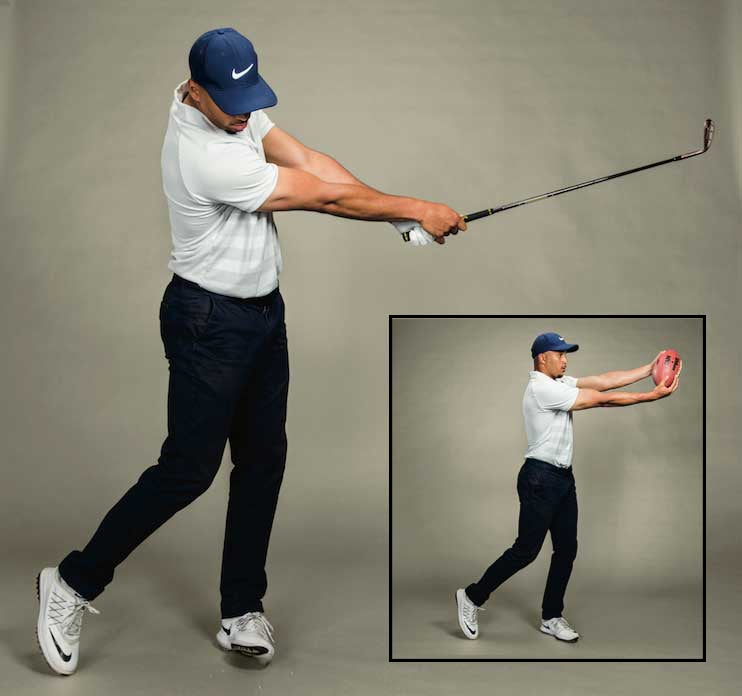
Top 100 Teacher Brian Mogg coaches Bart Bryant, Y.E. Yang and Se Ri Pak, among others. He’s based at Waldorf Astoria G.C. in Orlando, Fla.


